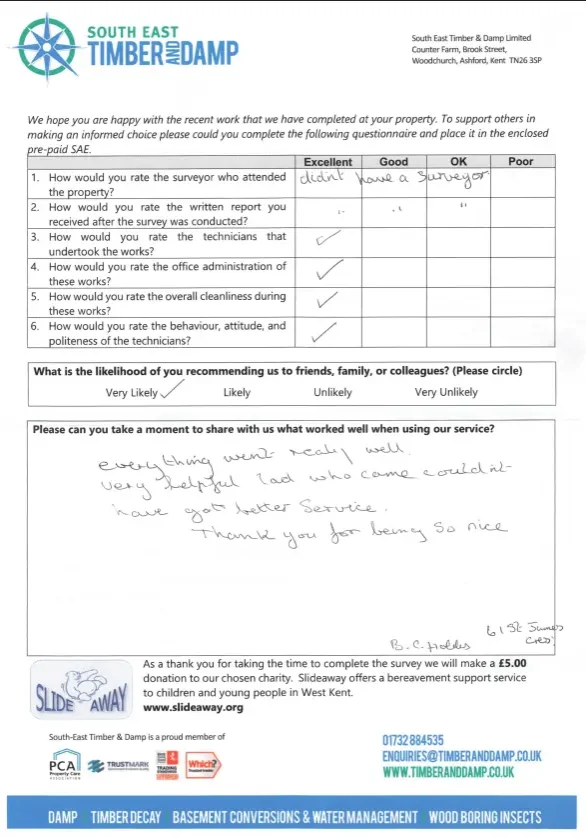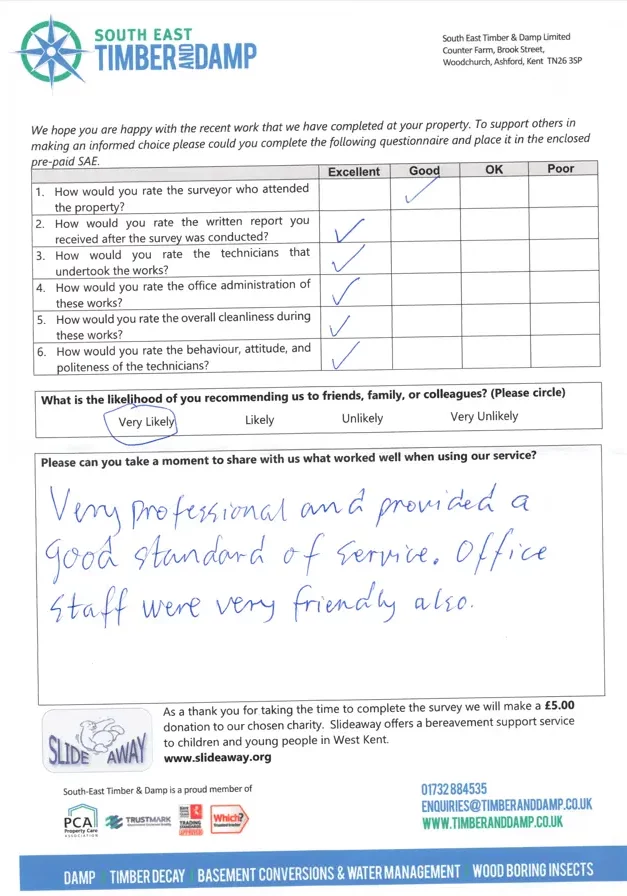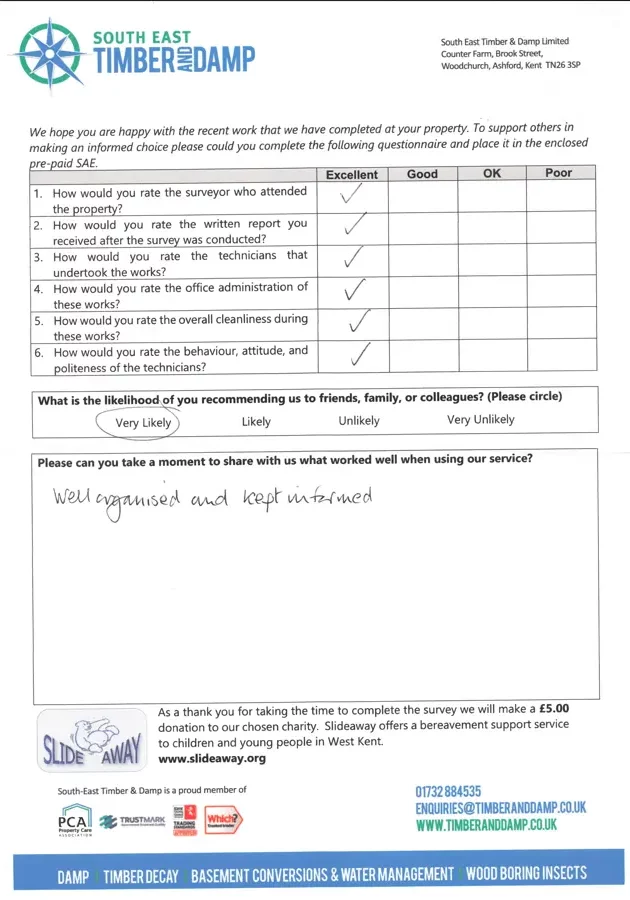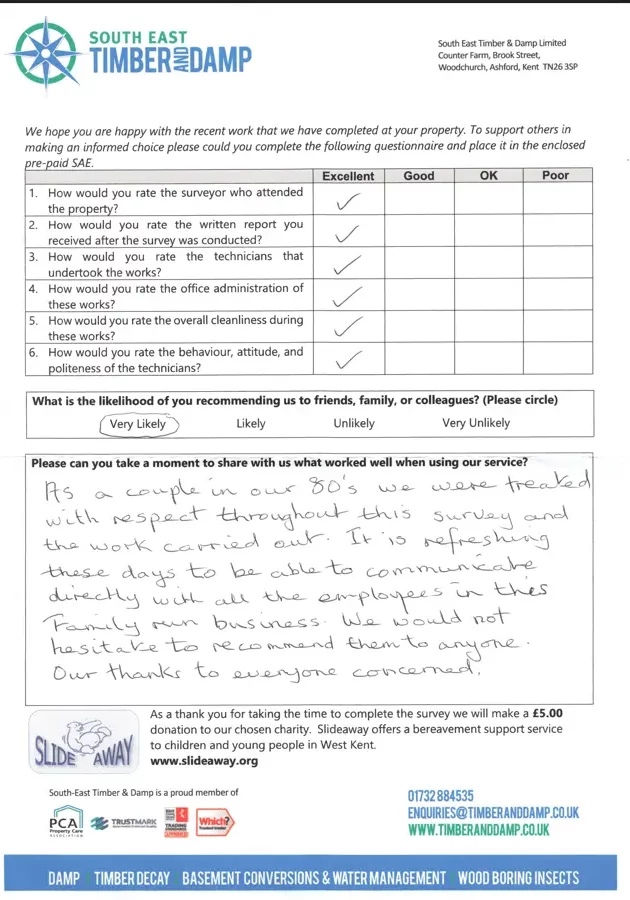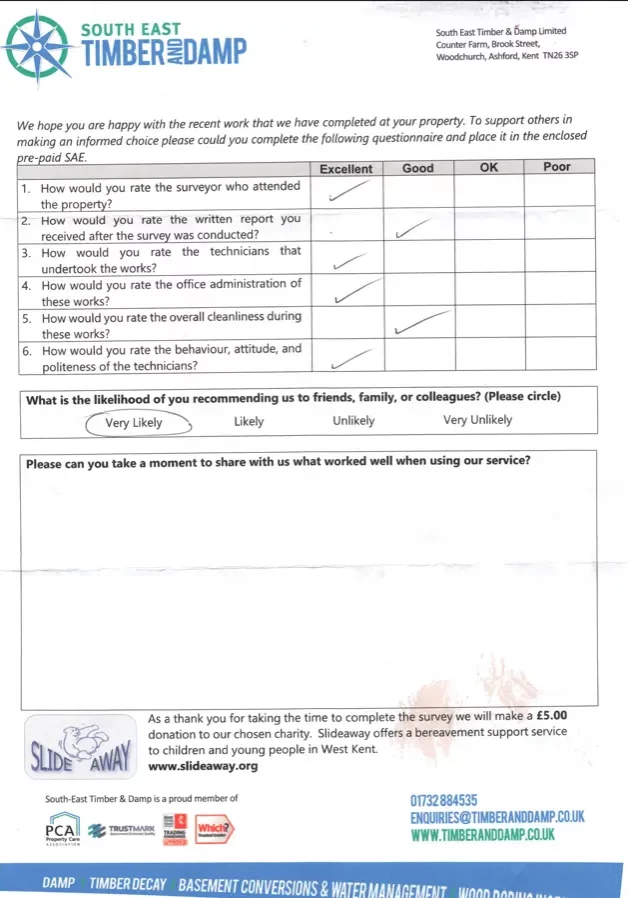Book your survey today!

Why do I need Basement Waterproofing?
Many properties are built with a basement area underneath. This area can be versatile in its use and be converted into a dry area for use as a utilities area, storage, wine cellar, games room, additional living space or even a separate bedroom suite.
Whatever the room’s usage the major concern is moisture ingress. In these underground rooms damp is always present and in some places can regularly flood.
Building structures below ground can, in many instances be subject to varying degrees of hydrostatic water pressure which increased with depth in saturated ground.
A structure, for example, some 3 meters below the ground can be subject to hydrostatic water pressures in the region of 3 tonnes per square meter. At this kind of pressure, chemically injected pore liner liquid systems are ineffective and special pressure resistant water barriers must be used to prevent water penetration under pressure reaching the décor surfaces internally.
Therefore water is trying to access the structure from all sides and needs to be expertly managed by a skilled company who has a proven track record of successful waterproofing works, if it is not then the works will fail and the room will return to be damp and in some cases flood.
What our customers say
What is it?
Any area below ground level requires a qualified surveyor with extensive expertise in the field to design and install the correct system. Without specialist knowledge the waterproofing can fail and the cost of rectifying an incorrectly installed system can run into tens of thousands.
There are three types of underground waterproofing;
- Tanking or cementitious waterproofing
- Integrated Waterproofing Systems
- Water management systems


Qualified Expertise
As a surveyor with extensive experience in this field and holding the prestigious CSSW – Certified Surveyor in Structural Waterproofing qualification, you KNOW you are getting the best advice.
Our surveyor can provide you with an inspection of the area, discuss with you the options available and which would be the appropriate solution depending on your needs, along with a written report containing a specification of works to manage the moisture within the area. All works carried out receive a long-term guarantee as well as an insurance policy for the duration.
Being members of both the PCA – Property Care Association and the BSWA – British Structural Waterproofing Association ensures you are receiving truly proficient advice.
Do not risk getting it wrong; call us now to arrange a survey of your underground room 01732 882182.
Waterproofing a basement
Waterproofing solutions
We regularly assist homeowners to manage the water entering their cellars/basements – some properties are located below the water table, and when there is heavy rainfall, the basement floods – sometimes up to waist height.
There are early, tell-tale signs of penetrative damp, which include:
- Membrane Breakdown – a breakdown or lack of a physical barrier in the membrane
- Erosion or Cracks – Splits in the current cementitious render system
- Water Pressure Change – Change in the water pressure caused by defective/failed external drains, sewers or pipework
Therefore we provide two main solutions for basement waterproofing. There is the traditional tanking or cementitious approach and the more modern waterproofing, including membranes and pumps.

How Can We Help With Basement Flooding
This approach is more common today. It involves managing the flow of water through a series of sump pumps and membranes to create an effective drainage system.
In these instances, subject to the amount of water, one pump station or a number of pump stations can be installed at strategic positions.
These sump chambers are connected to a network of base drainage channels which divert the water to the stations. Membranes are then applied to walls and floors as required. Insulated dry linings and floor screeds can then be installed to provide a finished area ready for use.
Pump Servicing
Once the pump stations are installed, the whole system must be maintained, including the pump stations and the base drainage channels. We recommend these are carried out once or twice annually – subject to each individual installation.
Tanking
Tanking a basement is a more traditional approach to waterproofing underground. It involves creating a physical barrier to prevent moisture ingress. The barrier is made from either a waterproof slurry or cement that will stop any water from entering your basement.
This is a tried and tested method of preparing a basement for habitation. However, for some buildings that are positioned near busy commuter routes, the vibrations combined with the existing pressure can render this solution less than effective.

Need help? Book a survey at a time to suit your schedule
Our mission is to give you the peace of mind you deserve when it comes to waterproofing your house or business. Commission a survey from our team to assess your situation professionally.

